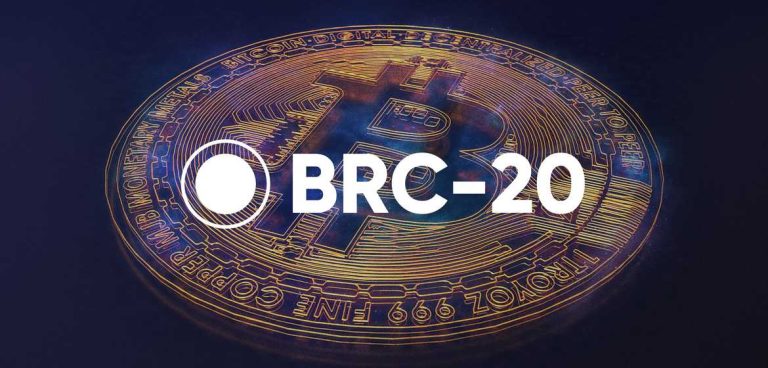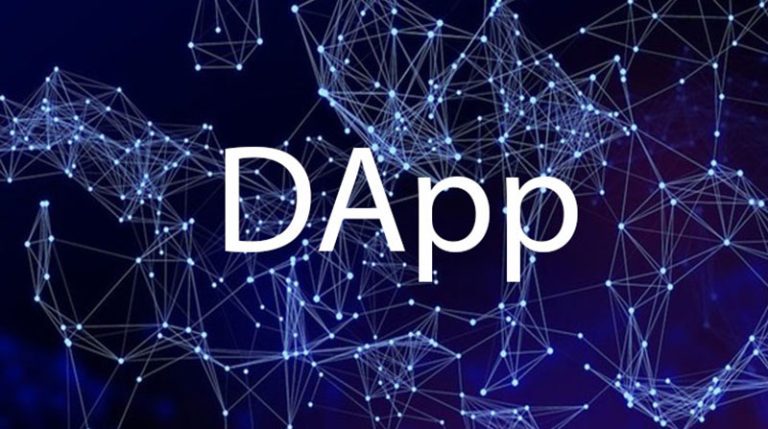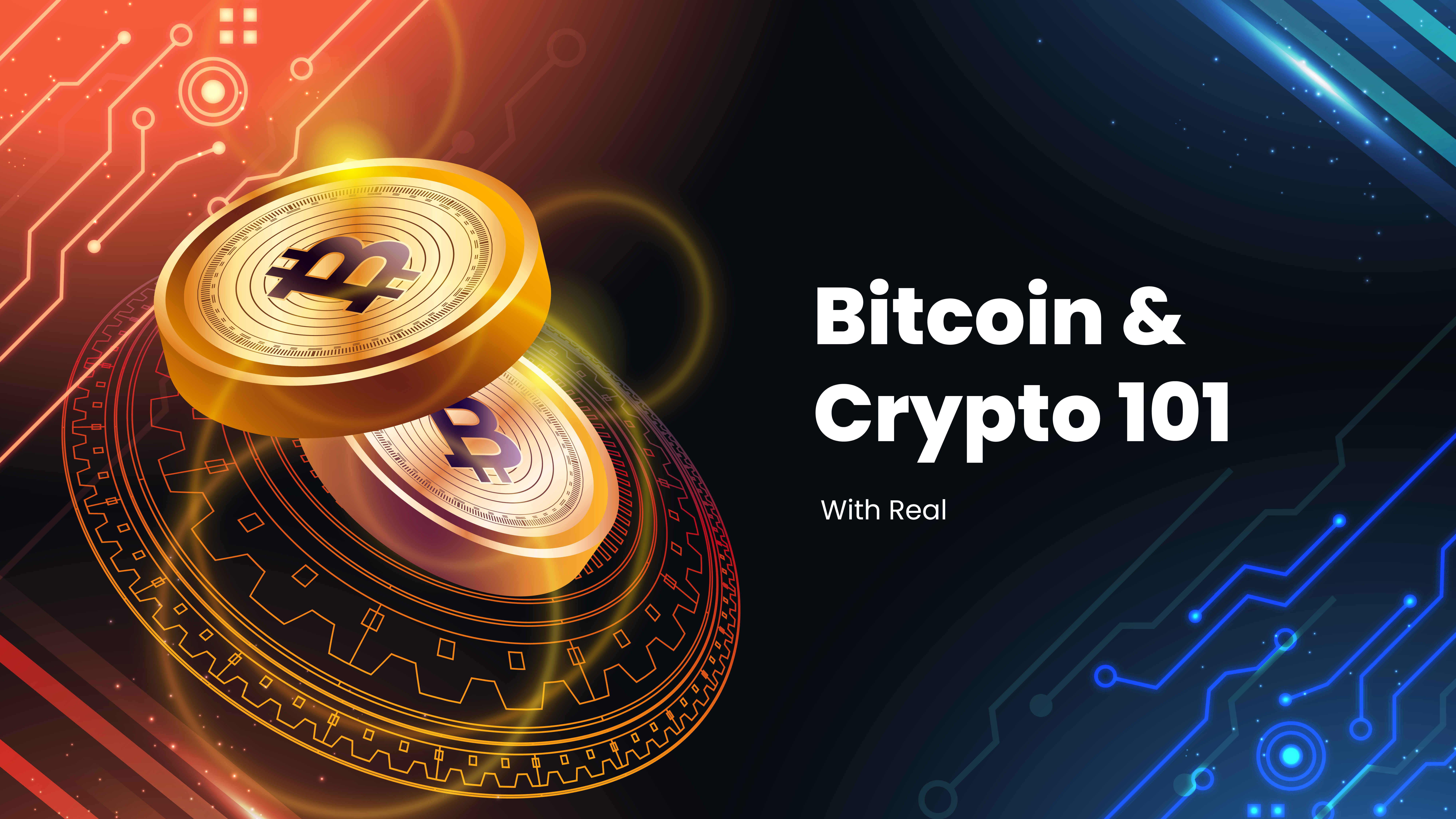Introduction
GMX is a decentralized exchange protocol that deployed on two EVM chains, Arbitrum and Avalanche. The utiitty and governance token for its Arbitrum ecosystem is GMX, which generates 13% APR for the users. GMX is also a decentralized trading platform that offers both spot and perpetual exchange functionalities. Unlike centralized exchanges where you need to deposit your assets into the exchange’s custody, GMX lets you trade popular cryptocurrencies like BTC and ETH right from your own crypto wallet. In this article we’ll talk about all there is to know about GMX.
Project Overview
The GMX ecosystem is steadily expanding. With its deep liquidity, the protocol functions as a base layer for DeFi on the Arbitrum and Avalanche blockchains. GMX is the largest decentralized perpetual trading platform in DeFi, offering exposure to cryptocurrencies with up to 50x leverage, no registration, and unique benefits for traders and liquidity providers.
The problem GMX solves:
Background
Tokenomics


Features and Functionality
-
Spot trading: You can use GMX as a DEX and swap the supported tokens for fees that range between 0.2% to 0.8%.
-
Perpetual trading: This is a more popular use case because it gives traders the opportunity to use up to 50x leverage. Traders can go long or short on any offered pair, paying a 0.1% fee for opening or closing a position. Market, limit, take-profit, and stop-loss orders are available to customize the trading experience.
-
Staking: Staking GMX can generate rewards that can be compounded and boosted with Multiplier Points.
-
Liquidity provision: You can become an LP by locking tokens in the GLP pool to mint GLP tokens and earn rewards.
- You can trade with upto 50x Leverage
- GMX offers Zero price Impact
- Easy to use Interface
- GMX offers Passive Income Opportunities through Liquidity Provision and Staking.

Risks and Challenges
- Oracle Manipulation is Possible.
- Trading with Leverage Implies Increased Risk
- Limited trading pairs and chains supported
Conclusion
Sources:
https://www.bybit.com/en/coin-price/gmx/
https://www.cryptoeq.io/corereports/gmx
https://www.tastycrypto.com/defi/gmx-platform-explained/#:~:text=GMX%20is%20the%20largest%20decentralized,for%20traders%20and%20liquidity%20providers




